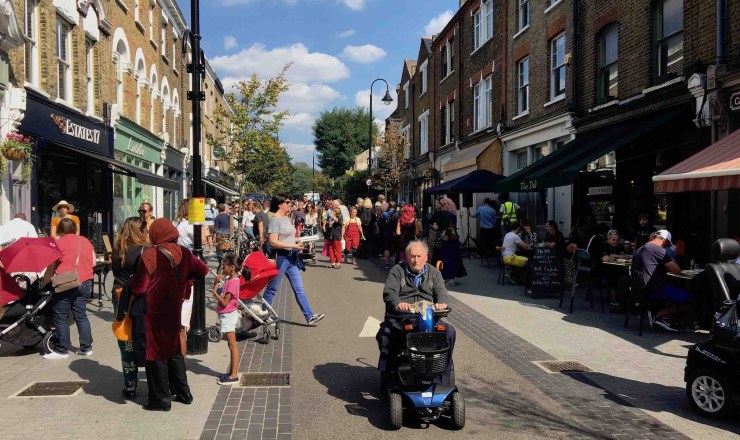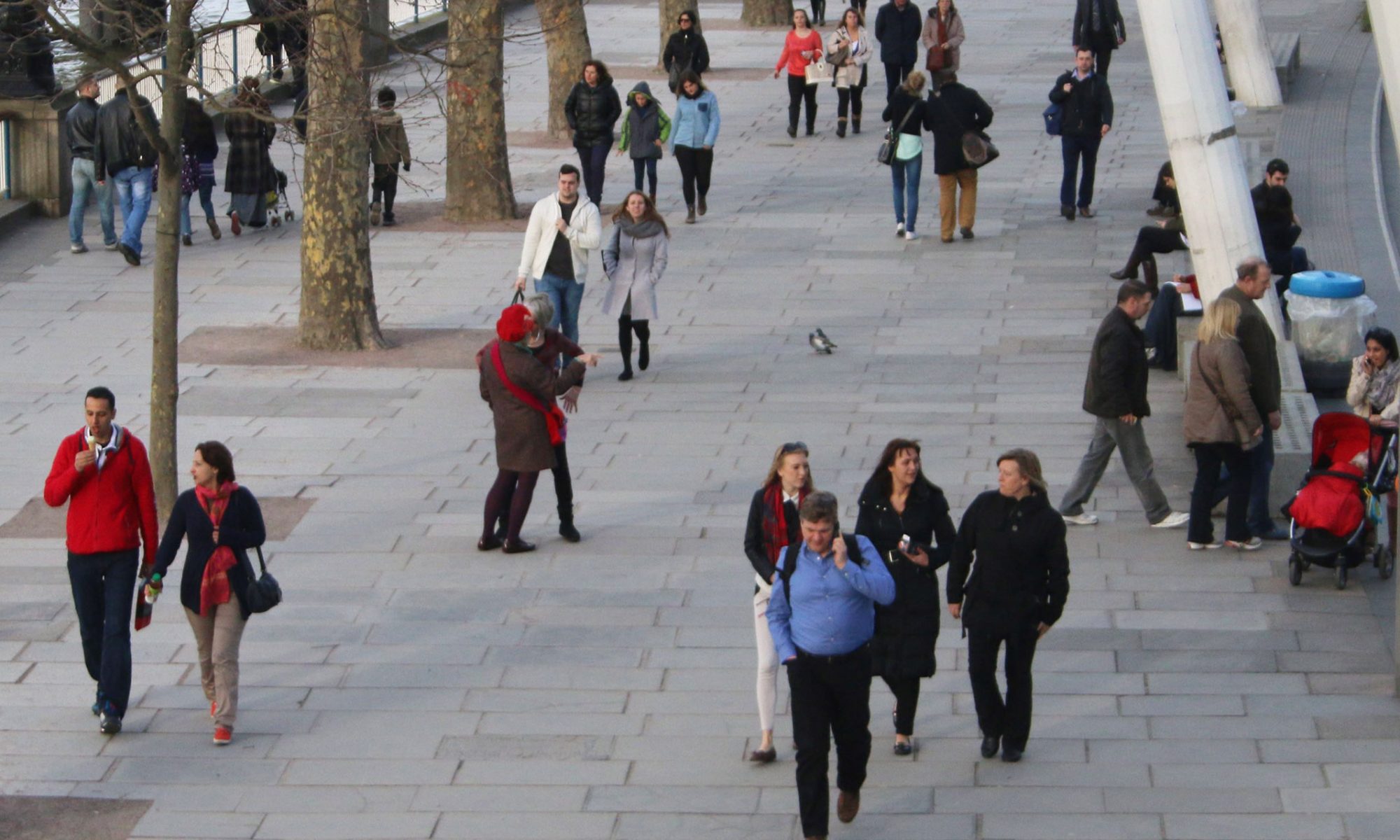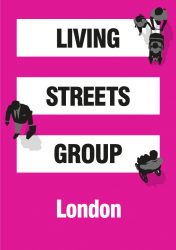
We’ve known for decades that motor traffic has a serious impact on the health and quality of life of people living on streets. It’s dangerous, it’s noisy, it pollutes and it has a strangling effect on community interaction and healthy physical activity.
London Living Streets campaigns for low-traffic neighbourhoods that create attractive, safe and healthy places for people, not cars.
Low-traffic neighbourhoods are made up of:
- traffic cells where through-traffic is restricted by barriers like bollards or planters;
- urban boulevards/avenues or people-friendly main roads with safe space to cycle, generous pavements, planting, seating; and
- connected quiet streets that link the traffic cells with safe crossings across the boulevards/main roads. This creates a city-wide network of direct routes for walking and cycling that any age or ability can use.
We know that low-traffic neighbourhoods –- also known as ‘mini-hollands’ –- deliver genuine benefits to all residents. Children play out more, neighbours catch up, air pollution is lower, road safety improves and walking and cycling are the natural choice for everyday journeys.
This has all been proven in Walthamstow Village, one of London’s most advanced liveable neighbourhood schemes. Research by Westminster University has shown that in mini Holland areas such as Waltham Forest, within just one year of substantial changes being made to infrastructure, people are walking and cycling, on average, an additional 41 minutes a week.
Useful material
London Living Streets has a huge amount of material that provides background and makes the case for low-traffic neighbourhoods. Please contact us if you want to find out more or want help building support for the idea. We can also visit your borough to present the benefits of low-traffic neighbourhoods.
- London Living Streets, Living Streets and London Cycling Campaign have produced two detailed briefing documents available to download and share: Low Traffic Neighbourhoods: An Introduction for Policy Makers provides a five-minute guide for policy makers.
- For more nitty-gritty detail read the Guide to Low Traffic Neighbourhoods.
- Concerned about the impact on main roads? Read our blog on the issue of traffic displacement and how to look after the main roads alongside local streets.
- Low-traffic neighbourhoods do not have to cost the earth. Help promote the idea to councils by explaining which measures to focus on and how much they cost. Read our briefing document here.
- There are also a number of funding pots available to boroughs for schemes that create healthy streets. Read our briefing document here.
- Watch this three-minute video to see the differences a low-traffic neighbourhood can make.
- An example presentation given to West Midlands Councillors and Council officers at the Cyclenation Conference in Birmingham in November 2018 can be accessed here.


Living Streets wants to support Local Groups to campaign for low traffic neighbourhoods in other parts of London and across the UK. Both Haringey and Bromley Living Streets Groups have held events to present the benefits that low-traffic neighbourhoods could offer to their areas bringing together organisations and councillors who support the initiatives.
LikeLike